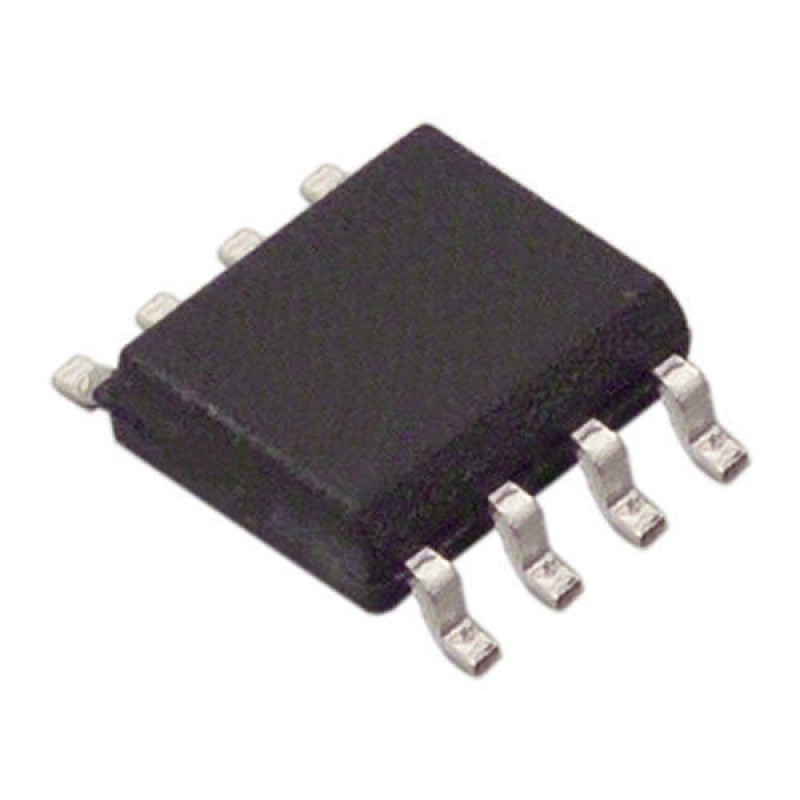Sunday, September 21, 2014
Electric Guitar Violin Preamplifier
Magnetic pick-ups in musical instruments have a relatively high output impedance. This can result in a reduction in treble response when connected via a long cable run or to equipment with a low input impedance. This preamplifier provides a high input impedance and a low impedance output, solving both issues. It has adjustable voltage gain and can run off a battery or DC plugpack. The input signal is AC-coupled to the non-inverting input of IC1a, part of a TL074 quad op amp. This has JFET input transistors and the input impedance is set by a 330kΩ bias resistor which also sets the DC level at this input to half supply (Vcc/2).This is generated by a voltage divider comprising two 10kΩ resistors and bypassed by a 47µF capacitor to reject noise and hum. IC1a is configured as a non-inverting amplifier with a gain of between 2 and 20, depending on the setting of VR1. IC1a’s output is fed to VR2 via a 22µF capacitor, allowing the output volume to be set. The audio then passes to the non-inverting inputs of the remaining three op amps (IC1b-IC1d) which are connected in parallel to provide a low output impedance; it will drive a load impedance as low as 600Ω. The 100Ω resistors in series with the outputs provide short-circuit protection for the op amps and also prevent large currents from flowing between the outputs in case they have slightly different offset voltages.
The buffered signal is then AC-coupled to two output connectors using 47µF electrolytic capacitors. For Output 1, a 47kΩ resistor sets the output DC level to ground and a 220Ω series resistor provides further short-circuit protection. Output 2 is similar but includes another potentiometer (VR3) to allow its level to be set individually. Note that this means the impedance of Output 2 can be high (up to 2.5kΩ depending on the position of VR3’s wiper). The total harmonic distortion of this circuit is typically less than 0.01% with the gain set to six. If a TL064 is used instead of a TL074, the current drain will decrease but there will be more noise at the output. Finally, the input impedance can be increased by increasing the value of the 330kΩ resistor to suit high-impedance pick-ups.

Ic1a Op Amp Calculator

Jun 27, 2019 It uses two low-cost op amp ICs, four potentiometers, an XLR socket and plug, a 6.35mm jack socket, several switches and a few other lowcost parts. Op amp IC1a functions as a balanced-to-unbalanced preamplifier with a modest gain. The balanced microphone preamp circuit signal is fed to pins 5 & 6 of IC1a via 22µF capacitors and 1kΩ resistors. We use 2 x LM1458 IC number, is the main equipment this a dual op-amp IC. This circuit uses op-amp 4 section, follow circuit image. The IC1a is square wave generator, Assumed initial, C1 is charging voltage at inverting input pin to zero, Until voltage at non inverting input voltage is slightly positive.(A ratio of the op-amp output offset.
Ic1a Op Amp Fuse
Op Amps Build Simple Multiphase Signal Generator. IC1a is a buffer-follower that allows high-value resistors and low-value capacitors to be used. IC1b is an inverting amplifier with gain. This circuit accomplishes DC restoration using a CA5260 dual op amp (IC1a, IC1b) coupled with a sample-and-hold circuit based on the 74HC4053 switch (IC2). VIN, consisting of the input video signal and a DC offset (VDC), is routed to the non-inverting input of the EL8102 (IC3). The first op-amp IC1A is configured as a non-inverting summing circuit, to sum the voltages from the two inputs. Resistor R12 is used to tie the summing point to ground in case of no inputs. That takes care of Neuron Property #1. In order to implement Neuron Property #2, we need the squashing function.


